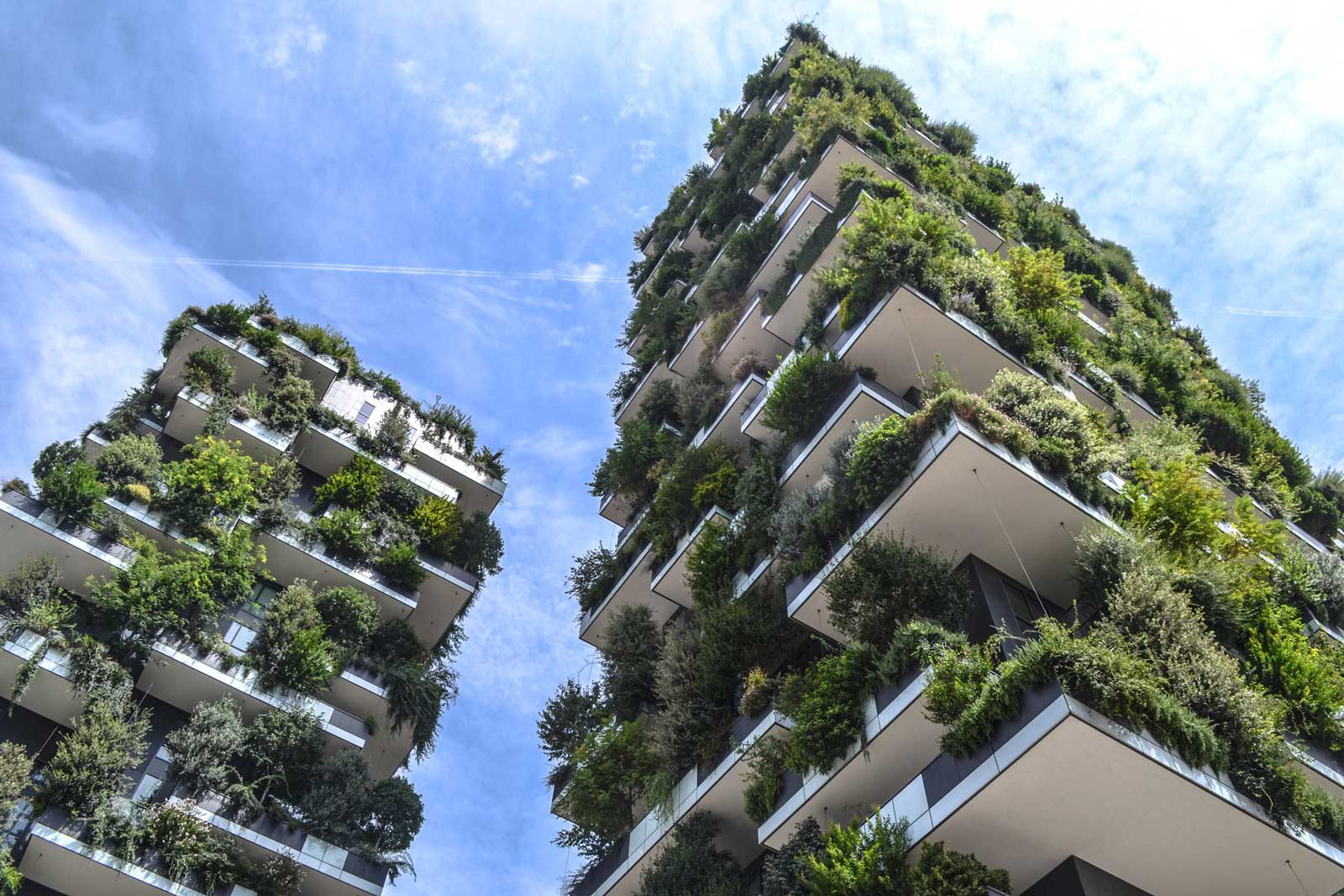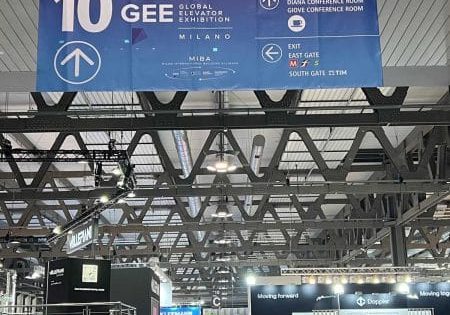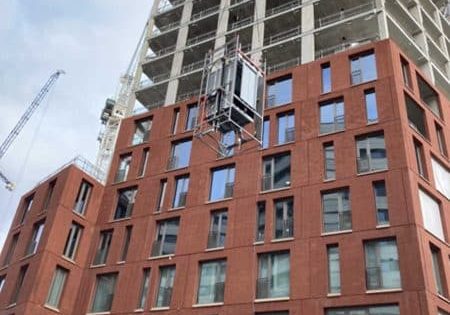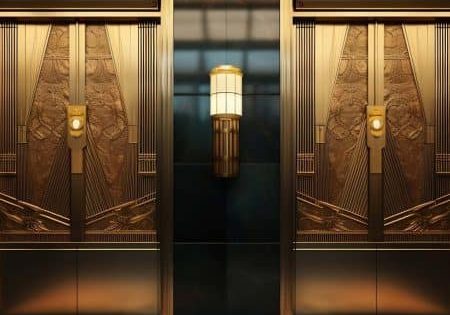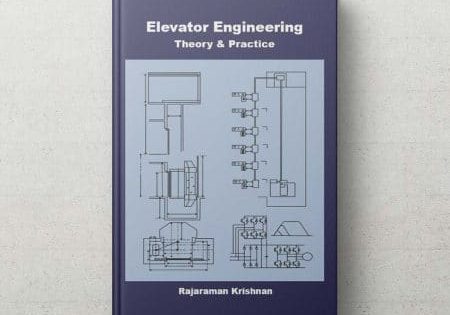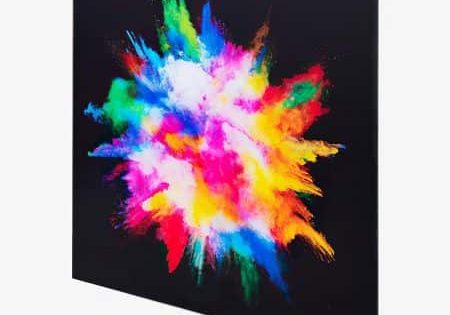The impending release of LEED v5 will spur building innovation and better position the industry to address needed climate action.
by Philip W. Grone
The release of LEED v5, the latest iteration of the 25-year-old green building certification program, is an important milestone in the effort to align the built environment with the Paris Climate Accord’s 2030 and 2050 targets. Those accords and the recent Conference of the Parties (COP28) continue to move commitments forward on climate action, environmental action to improve human health and quality of life, as well as ecological conservation and restoration. LEED v5, expected to be fully available for use by 2025, is the first version of the Leadership in Energy and Environmental Design (LEED) rating system to be based on the June 2022 Future of LEED principles that include:
- Decarbonizing the building industry swiftly to reflect the urgency of the climate crisis
- Inspiring and recognizing adaptive and resilient built environments
- Investing in human health and well-being
- Creating environments in which diversity, equity and inclusivity thrive
- Supporting flourishing ecosystems through regenerative development practices
Under the new scoring system, 50% of possible points will be related to climate action, 25% to quality of life and 25% to ecological conservation and restoration, a notable change from the green building certification’s original launch.
The Green Dream
In April 1993, the U.S. Green Building Council (USGBC) was created to support green building and develop a green building rating system. The first version of the LEED green building certification program was launched by the USGBC in August 1998. From its inception, LEED design principles promoted a whole-building approach to sustainability by recognizing performance in five key areas of human environmental health:
- Sustainable site development
- Water efficiency
- Energy efficiency
- Materials selection
- Indoor environmental quality
LEED v3 was introduced in 2009 and aligned credits across all LEED rating systems as projects would be eligible to score a maximum of 100 points across six categories: sustainable sites, water efficiency, energy and atmosphere, materials and resources, indoor environment quality and design innovation. Based on the number of points achieved, a project could earn Platinum (80-plus points), Gold (60-79), Silver (50-59) and Certified (40-49).
The introduction of LEED v4 in 2014 was significant to building design and construction as it incentivized achieving better environmental, economic and social impacts by focusing on operational carbon (the sum of all carbon produced over the lifetime use of a building) and embodied carbon (the carbon footprint of a building before it is built, specifically encompassing the greenhouse gases emitted during the construction process). It also sought to improve building standards in the areas of energy efficiency, water conservation, material and site selection and waste reduction.
LEED v4 was also significant to the building transportation industry as it represented the first time that innovation in environmental management in elevators and escalators could count toward LEED credits. Previously, they were grouped as specialty equipment and were excluded from LEED consideration. Once elevators and escalators were included in the LEED certification program, they helped buildings earn credits in multiple categories.
In Energy and Atmosphere, up to 20 points could be achieved when an energy baseline building performance model and proposed building performance model were developed, taking into account any component that affects the energy consumption of the building. For vertical-transportation systems, this included implementing innovations such as digital controllers with deep-sleep or hibernation mode, regenerative drive technology and LED lighting.
Meanwhile, up to five points could be earned in Materials and Resources through sourcing of raw materials and material ingredients. This includes sourcing at least 20 different permanently installed products with Environmental Product Declarations (EPDs) and Health Product Declarations from at least five manufacturers where chemical ingredient life cycle information is available. An EPD provides a Life Cycle Assessment that focuses on factors like energy usage, waste generation and air emissions.
Additional credits could also be earned through Indoor Environmental Quality via use of low-emitting materials and a construction indoor air quality management plan. A Design Innovation credit could also be earned if the project achieves significant, measurable environmental performance using a strategy not addressed in the LEED green building rating system.
Once elevators and escalators were included in the LEED certification program, they helped buildings earn credits in multiple categories.
Looking Ahead
According to the World Green Building Council, existing buildings account for nearly 30% of global energy-related carbon. LEED v5 will serve as an advanced framework for building owners and managers to reduce their carbon footprint through aligned building decarbonization action. And, as the USGBC recognized 10 years ago, that cannot be done without the building transportation industry.
Did You Know?
Today, LEED is widely considered the international benchmark for the design, construction and operation of high-performance green buildings. But did you know?
- There are more than 105,000 LEED-certified projects in 185 countries.
- The U.S. has the most LEED-certified buildings in the world, including the iconic Empire State Building in NYC and Willis Tower in Chicago.
- The first LEED-certified project in the U.S. was the Philip Merrill Environmental Center in Annapolis, Maryland.
- The first LEED-certified project outside of the U.S. was Kandalama Hotel in Damulla, Sri Lanka.
- The tallest LEED-certified building — and the second tallest building in the world at 2,073-ft tall — is the Shanghai Tower in Shanghai, China.
- Sede Centrale at Università Ca’ Foscari Venezia in Venice, Italy, is one of the oldest LEED-certified buildings in the world — the Venetian gothic palazzo was built in 1453!
- More than 250 airports around the world are LEED certified.
Get more of Elevator World. Sign up for our free e-newsletter.
